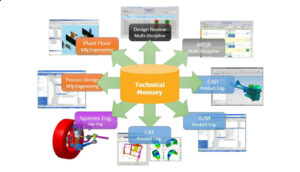Enterprise Knowledge Management Model
An enterprise knowledge management model (EKM) allows companies to capture decades of organizational knowledge and archive it. In today’s increasingly diverse workforce, organizations must train new workers quickly and effectively to meet business imperatives. If this is not the case, organizations will have difficulty meeting business goals. A KMS can help these organizations overcome this problem. Read on to learn how this model works. And see how you can implement it for your company. Here are five key steps:
Knowledge management should enable the creation, review, and accumulation of internal and external knowledge assets. An internal knowledge network should be based on social media and enterprise social networking. This network will facilitate sharing of knowledge between employees, integrate it with products, and rely on big data and artificial intelligence. This process is crucial for organizations to reach their objectives. There are three common enterprise knowledge management solution. Each one focuses on different aspects of KM. The first focuses on the creation of new knowledge.
The next step is to organize the information into Spaces. Each team or department should have its own Space. The idea is to have a consistent architecture of information across the enterprise. Then, it’s time to categorize and review the information. With a knowledge base, you can achieve this with ease. This way, your organization can leverage its knowledge to make the right decisions. It can even benefit from the collective wisdom of your employees.

5 Steps to Implement an Enterprise Knowledge Management Model
The next step is to integrate the knowledge assets. Enterprise knowledge management systems can help with this. By integrating the internal knowledge network and an external knowledge network, you can increase the efficiency of the entire process. This helps your employees and your business improve. And this is where big data and artificial intelligence comes in. These technologies can make it easy to access information and make it available to those who need it. Using the right tools can also enhance productivity.
The third step in an EKM implementation is to make sure that the model is scalable. The first step is to decide on the information management strategy. Then, you must decide on which platform is best for your business. The goal of the EKM is to scale across an enterprise. It will be beneficial to any business if it is able to leverage information in its knowledge system. It is important to ensure that the platform is easy to use.
The next step is to implement the right tools and processes. For EKM, you need to capture employee knowledge. In addition, you need to ensure that the right people have access to the knowledge. In this case, modern knowledge bases support dynamic permissions, so you can grant permissions for specific roles and groups. Additionally, you need to enforce a categorization and review process for the documentation you create for your business. By doing this, you’ll improve the bottom line of your business.